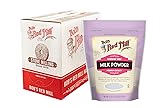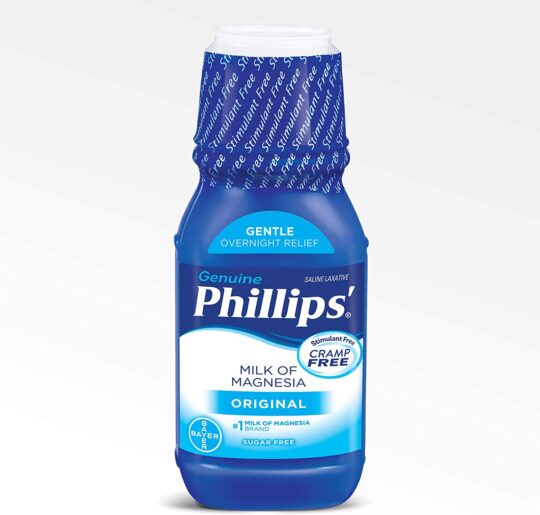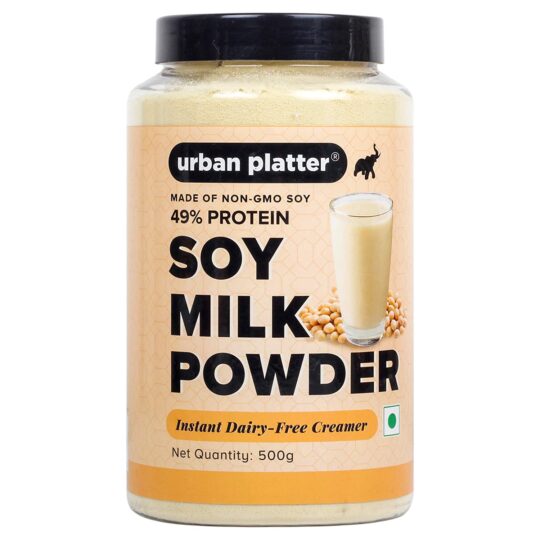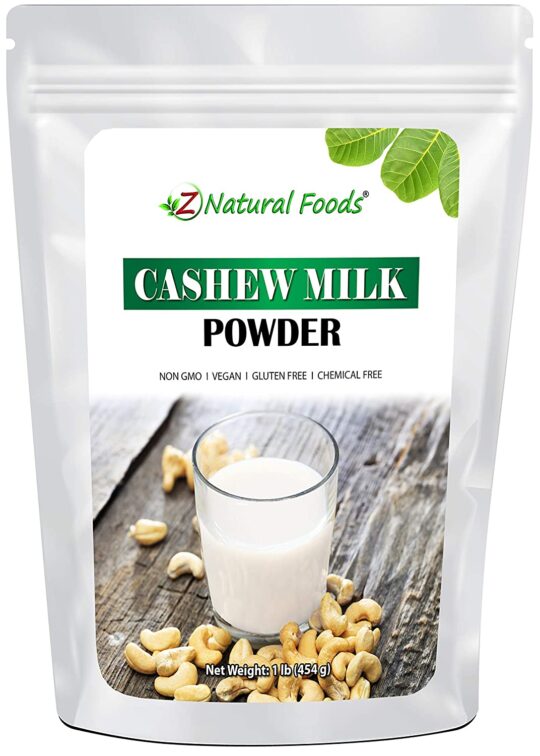You may think of milk powder primarily used for infant formula or by feeble folks. That isn’t all there is to milk powder; there is more.
The benefits of converting milk from a liquid to a solid are numerous. Milk powder is shelf-stable and takes up a fraction of the space that a gallon of milk does. Milk powder, it turns out, is an extremely handy product to have in your cupboard, especially if you bake.
Read on to learn more about how milk powder is used in baking, the delectable recipes it works in, plus the excellent milk powder substitutes you can consider when you are in a pinch.
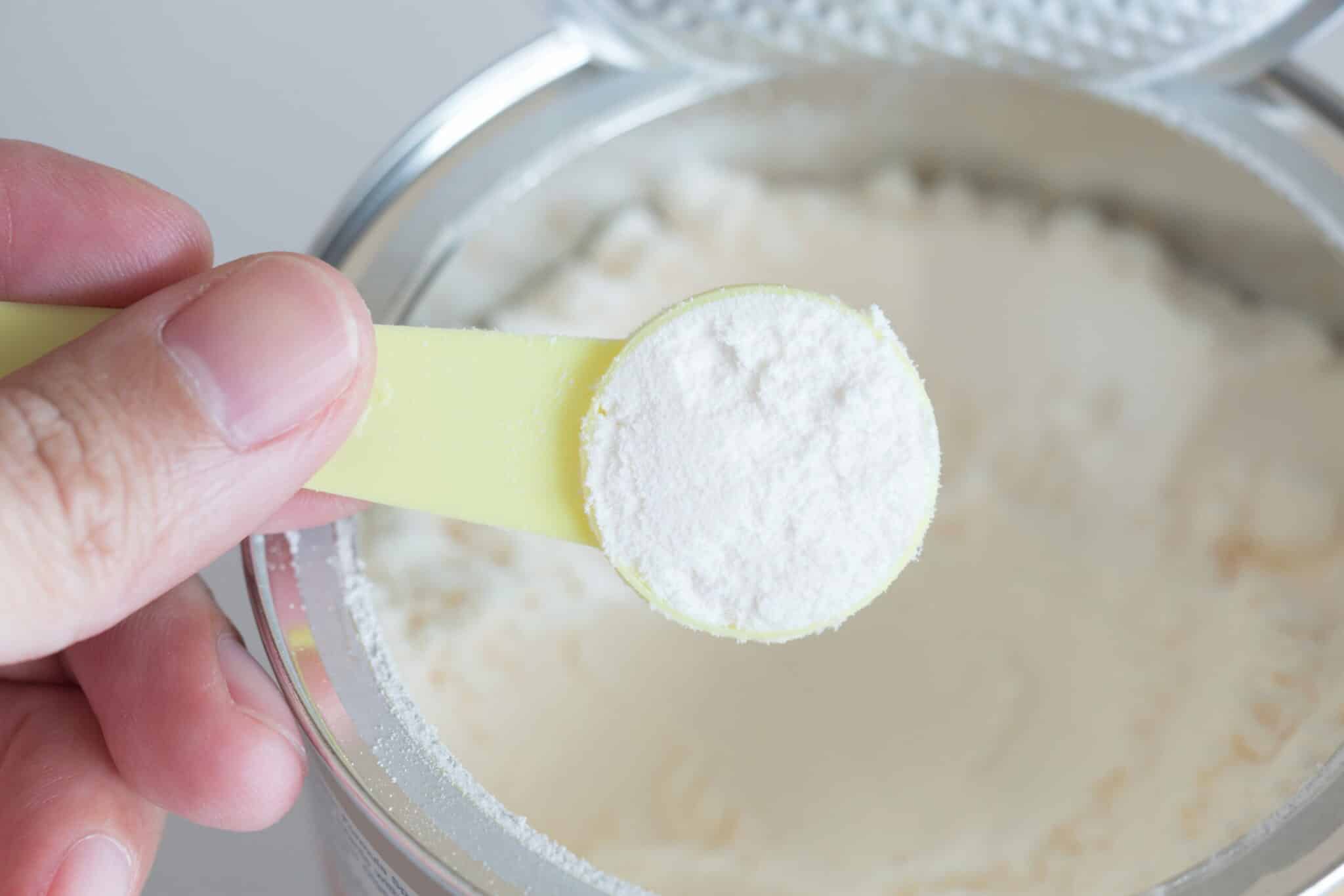
Top 3 milk powder in baking
Milk powder in baking
The wonderful part about baking is that you can produce tens of thousands of different delectable dishes with just a few simple ingredients. Cakes, cookies, brownies, and pastries are all examples of baked goods. They all start similarly.
However, I have discovered that one thing can improve practically any baked good: milk powder.
Milk powder, commonly known as dry milk, is created when 90 percent of the liquid in milk is removed by vacuum evaporation. Most milk powder is prepared from nonfat milk, which does not become rancid as quickly at room temperature as milk powder derived from whole milk.
Milk powder, also known as powdered milk, evaporates all of the liquid from milk and is essentially milk in its purest form.
Notably, milk powder provides fat, protein, and flavor in a medium that doesn’t interfere with the liquid element of your baked goods, giving them an extra layer of richness, sweetness, and creaminess.
Furthermore, milk powder is great for these baking-intensive times: Because of its low moisture content, it doesn’t need to be refrigerated and can last for over a year in your pantry.
Milk powder uses in baking
Milk powder has an incredible ability to offer a fantastic baseline flavor to baked goods, making them milkier, thicker, silkier – and cookies chewier. It’s the kind of “secret weapon ingredient” that doesn’t taste like much right out of the package but transforms a dish when used in a recipe.
See some delectable baked goods that you can use milk powder in
- Hot milk cake
- Amish milk cake
- Milk and cookies cake
- Milk muffins
- Milk chocolate bundt cake
- Coconut milk snack cake
- Chocolate milk cake
- Lemon-milk pound cake
- Japanese milk buns
- Milk bar cake
- Cornbread
- Oatmeal cookies
- Milk bar cereal milk cupcakes
- Three milk cake
- Warm lemon pudding cake
Milk powder substitutes in baking
Now that you have more knowledge of milk powder and how to apply it. You will need to learn about some excellent milk powder substitutes that have been highlighted here for your benefit.
Regular liquid milk
Milk powder can be easily replaced with regular liquid milk. After all, milk powder is merely regular milk’s evaporated solids.
However, because regular liquid milk adds liquid to the recipe, you can use it only in recipes that call for water, i.e., baked goods.
One cup of regular milk can be substituted for every ¼ cup of milk powder. You will also want to cut the amount of water in the original recipe by 1 cup.
Milk powder can be replaced with whole fat, reduced fat, or nonfat milk. Keep in mind that the creamier and richer the final result is, the higher the fat content of the milk.
The advantages of using regular liquid milk are its nutritional value and flavor, comparable to powdered milk.
Soy milk powder
A non-dairy option when substituting milk powder is soy milk powder. Soy milk powder – like powdered milk – has a long shelf life. It also has a nutritional profile comparable to powdered milk to other non-dairy substitutes.
While the nutritional content of soy milk powder varies by brand, ¼ cup contains 90 calories, 3.5 grams of fat, 8 grams of protein, 6 grams of carbohydrates, and 4% of the daily value for calcium.
In practically any recipe, including baked products, soy milk powder can be substituted at a 1:1 ratio. It’s also a quick and easy way to improve the protein content of homemade granola bars and smoothies.
Cashew powder
Though nut powders can be used in place of milk powder in general, cashew milk powder, especially, is the best match for the creamy, slightly sweet texture and flavor of milk powder.
Unless otherwise noted on the package, cashew powder can be used in place of milk powder in equal amounts.
This substitution works great in savory meals, smoothies, baked goods, and granola bars, among other things.
It is also worth noting that certain brands appear to clump more frequently than others. As a result, you may need to combine the powder with some liquid in a blender to achieve a smoother consistency when using cashew milk powder in recipes requiring baking.
Frequently asked questions (FAQs)
What does milk powder do in baking?
Lactose and protein, both of which are beneficial to baked products, especially fast-rising dishes like doughnuts, are abundant in milk. Certainly, the milk powder adds taste to the combination. In addition, it can help produce a deeper golden top and more sensitive interiors.
Is powdered milk the same as milk powder?
Milk powder, which is not to be confused with condensed milk or evaporated milk, is sometimes known as “powdered milk” or “dry milk” and is available in full-fat and nonfat versions.
What is the drawback of using milk powder?
Milk powder can boost the protein level and nutritional value of recipes. However, whole milk powder is likely to include oxidized cholesterol, harming blood vessels and contributing to heart disease.
Conclusion
Milk powder is a low-cost, nonperishable component useful to keep on hand. In addition to being lightweight and shelf-stable, milk powder enhances the flavor and tenderness of baked goods.
If you don’t have milk powder on hand, there are a few options to consider in this article. Depending on the recipe and any dietary limitations you may have – you may need to make additional changes.
Last update on 2026-01-07 / Affiliate links / Images from Amazon Product Advertising API


